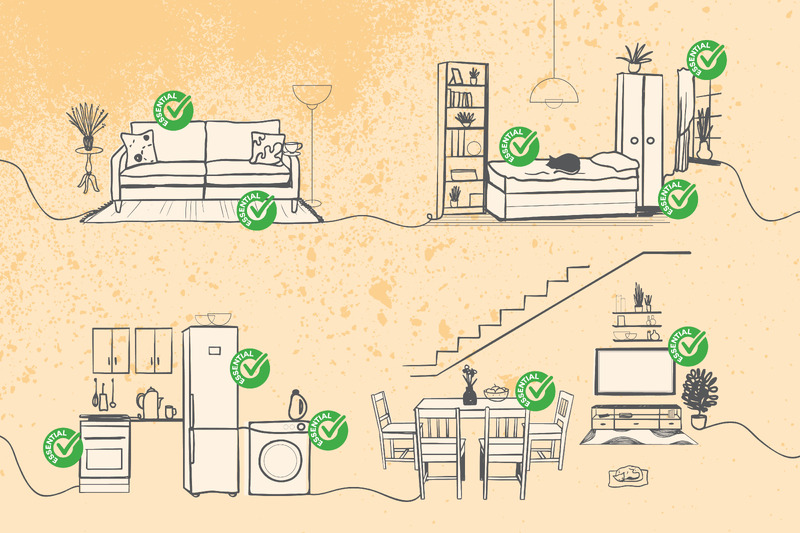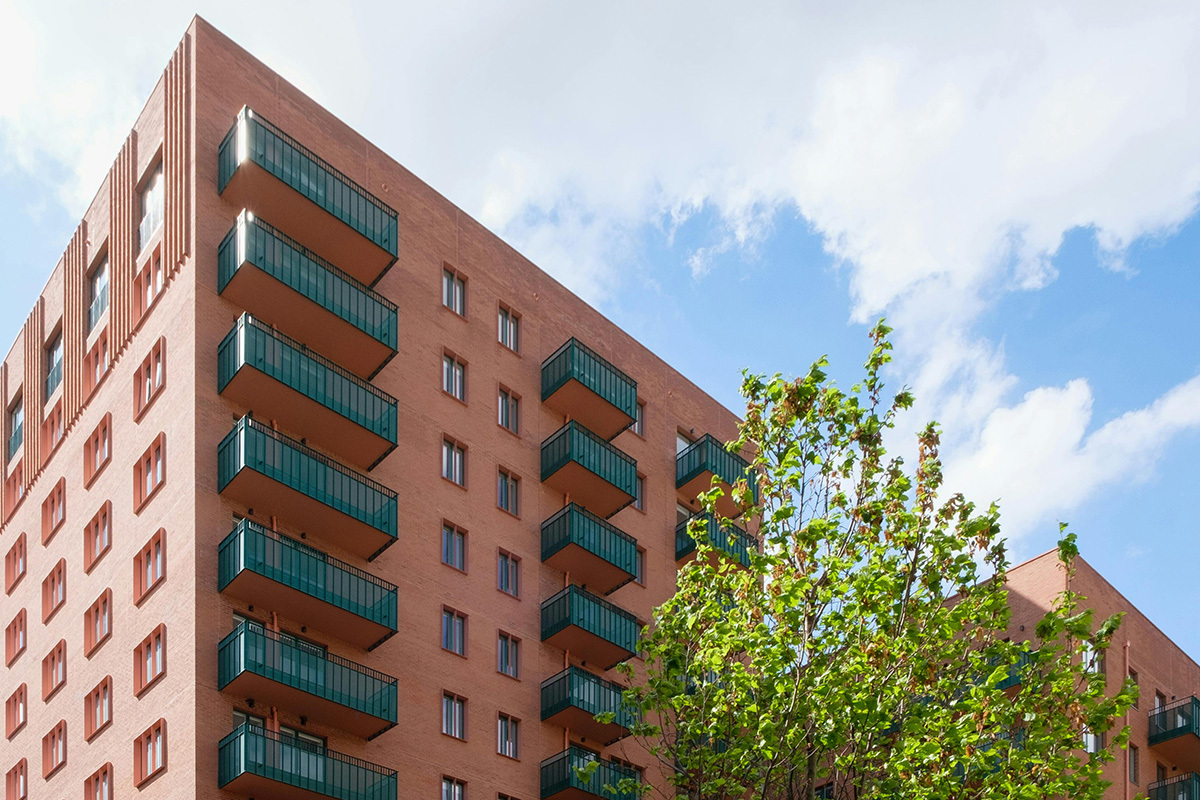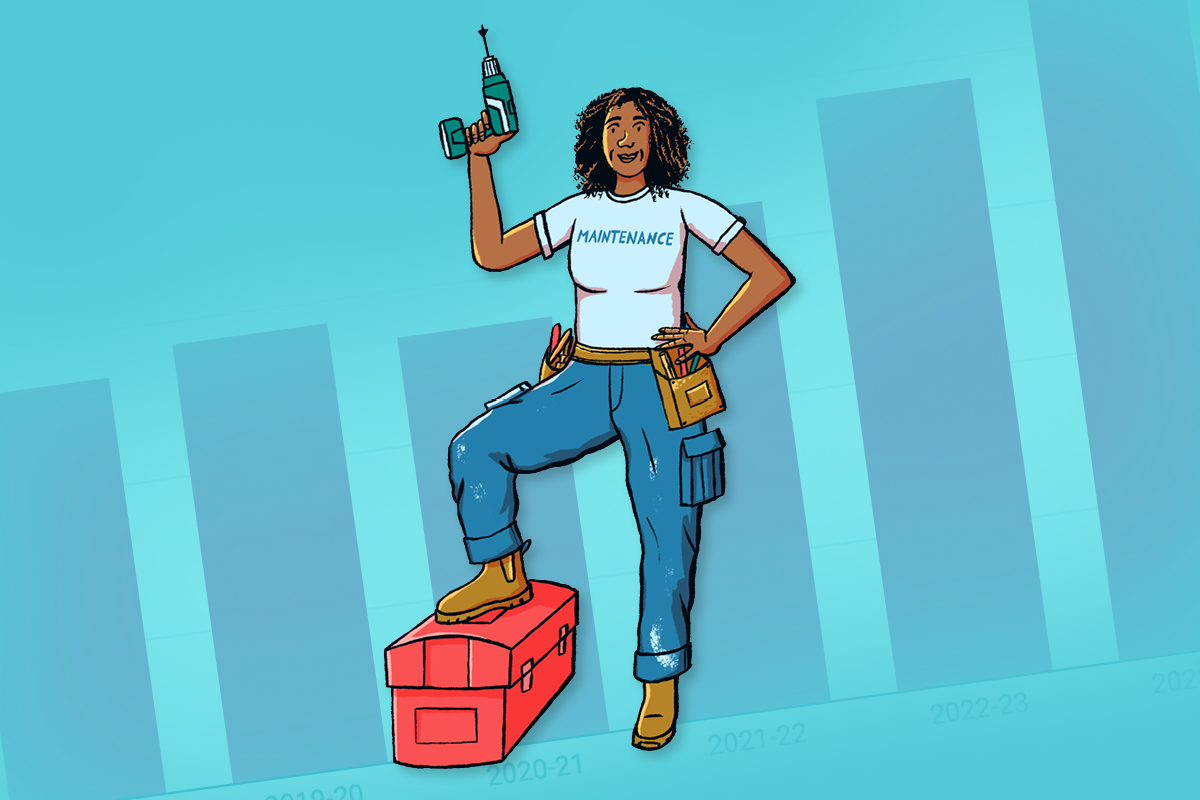Furniture poverty: what help is out there for tenants?
A quarter of social housing tenants live in furniture poverty. How can I identify if my tenants are struggling, and how can I help them? Claire Donovan, director of End Furniture Poverty, explains
Learning outcomes
- Understand the definition of furniture poverty and the impact it can have on residents
- Learn what support is available to those experiencing furniture poverty
- Understand what resources are available for housing officers and their organisations
- Learn what campaigning is happening on this issue
What is furniture poverty?
Furniture poverty is the inability to afford or access essential furniture, appliances and furnishings that provide a household with a socially acceptable standard of living.
End Furniture Poverty (EFP) defines furniture poverty as living without at least one of these essential items. This list was created from a national survey of housing professionals and charities:
- Bed, bedding and mattress
- Table and chairs
- Sofa and/or easy chairs
- Wardrobe/drawers
- Carpets in living rooms and bedrooms
- Curtains or blinds
- Washing machine
- Refrigerator and freezer
- Cooker/oven
How common is furniture poverty?
End Furniture Poverty’s 2023 research into the extent of furniture poverty in the UK found that:
- At least 9% of the UK population live in furniture poverty
- 26% of social housing tenants live in furniture poverty
- 8% of social housing tenants live in ‘deep furniture poverty’ – ie without three or more essential items
- Only 2% of social homes are let as furnished, compared to 29% in the private rental sector
What is the impact of furniture poverty?
Living in furniture poverty can have a devastating impact on your physical and mental health, and your social and financial well-being. The inability to get a good night’s sleep without a bed, the lack of an oven or fridge to safely store or prepare food, or having nowhere to store medication all impact on well-being.
Families often turn to high-cost credit to buy items, which can leave them unable to pay their rent or buy food. And you are far less likely to invite someone into your home if you haven’t got a sofa for them to sit on, leading to isolation. Those living in furniture poverty reported the following impacts on their physical and mental health:- 7 in 10 had problems sleeping
- 7 in 10 with long-term illness or disability said furniture poverty made their condition worse
- 9 in 10 felt stressed or anxious
- 8 in 10 felt more depressed
What should I do if I think a tenant is in furniture poverty?
Furniture poverty hides behind closed doors and there is sadly a real stigma felt by those affected. However, if you notice a tenant is lacking essential furniture or appliances, ask if they would like some help to try and obtain items. It is a sensitive topic but should not be ignored.
Different landlords have different teams that deal with this type of support, but typically financial inclusion teams are a good starting point. Alternatively, Citizens Advice has branches all across the country and they can help tenants to apply for grants.
What help is available for furniture poverty?
There are several ways to get hold of free or low-cost furniture and appliances. Further information can be found on the Finding Furniture page of EFP’s website, which explains all the options in more detail.
- Start with your tenant’s local council to see if they have a local welfare assistance scheme. These are schemes which provide grants to people on low incomes to help with food, fuel, and furniture and white goods etc. Not all councils provide help with furniture, but you can find out what support they offer using our Local Welfare Assistance Finder. If their local council is not listed, it is because they do not have a scheme.
- If the council does not provide local welfare assistance, your tenant does not meet their eligibility criteria, or the application has been turned down, the next step is making an application to a charitable grant-giving organisation for support.
- Turn2us has a Grants Search tool which can help you find grant-giving organisations for your client. If your tenant has a disability, also look at Disability Grants’ extensive list of grant-giving organisations.
Citizens Advice branches are also a key source of support and may know about local furniture schemes.
If someone is living in furniture poverty, they are likely to be facing other issues too, so may need help to access wider support.
How does ending furniture poverty benefit the landlord?
Getting support out of furniture poverty can have huge benefits for the tenant and their family’s emotional, physical, social and financial well-being. But providing furniture to tenants who need it also has added benefits for the landlord due to the tenant’s improved financial stability.
Setting them up in their home in the right way means they are less likely to struggle with living costs, meaning a reduced risk of rental arrears and the fact they are more likely to sustain a tenancy for longer, resulting in reduced churn and void costs.
EFP’s research has found that when landlords offer tenancies as furnished, they see positive results. Providing a tenant with a home that they can take pride in, rather than an empty box, means they are more likely to maintain the condition of the property.
Could my landlord offer furnished tenancies?
EFP believes at least 10% of social homes should be let as furnished and are lobbying the government for legislative change through our Make a House a Home campaign.
EFP has worked hard to develop a flexible scheme to help landlords offer furnished tenancies, called Furniture Flex. Landlords can rent the essential furniture and appliances that a tenant needs, supply it to the tenant and recoup the costs through the service charge element of Universal Credit or housing benefit. With Furniture Flex, tenants are offered a choice of items; they can receive anything from a single item to a full package and it works for new and existing tenants.
If a tenant’s circumstances change and they move off benefits, they can simply return the items and the charge is removed. Plus, there is an enhanced package of support provided to the landlord to ease the administrative burden.
“Families often turn to high-cost credit to buy items, which can leave them unable to pay their rent or buy food”
Thirteen Group, a housing association in the North East of England, reported impressive savings with its void costs through furniture provision, saving an average of £500 per property because tenants looked after the properties better. It also reduced its arrears rate by 30%, from £7m to £4.8m, and again it believes this is due to furniture provision.
Onward Homes, in the North West of England, believe its void costs average around £8,000-£10,000 per property, so it says providing a £4,000 package of furniture saves money. It gifts full furniture packs to vulnerable tenants – tenancies which usually have a high failure rate – and found that its sustainment rate was 97.6%. It is now introducing furnished tenancies with Furniture Flex.
EFP’s A Blueprint for Furniture Provision in Social Housing has case studies and lots more information and support.
Subscribe to Inside Housing Management and sign up to the newsletter

Inside Housing Management is the go-to source for learning, information and ideas for housing managers.
Subscribe here to read the articles.
Already have an account? Click here to manage your newsletters.
Latest stories










